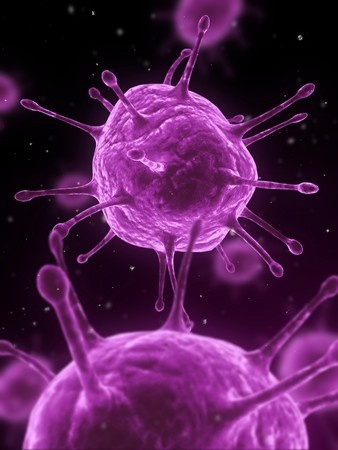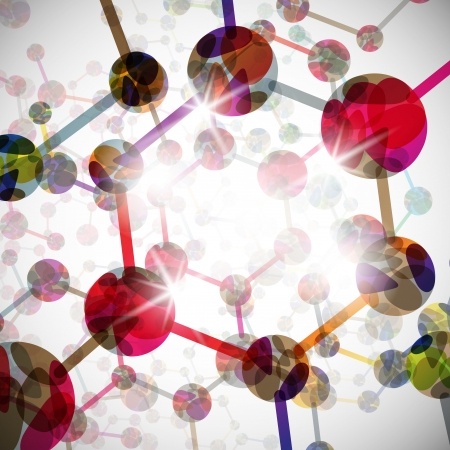Losing weight, Stephen Harper, hair dyes, methane and comets – not necessarily related themes. This fun and eclectic mix of recent SciNews stories is brought to you by STAOBlog. SciNews is published every Monday and Thursday. Stay tuned for more
 Biology
Biology
When you lose weight, where does the fat go? Most of the mass is breathed out as carbon dioxide, study shows. Science Daily.
Despite a worldwide obsession with diets and fitness regimes, many health professionals cannot correctly answer the question of where body fat goes when people lose weight, a new study shows. The most common misconception among doctors, dieticians and personal trainers is that the missing mass has been converted into energy or heat. The correct answer is that most of the mass is breathed out as carbon dioxide and goes into thin air. Read more…
Year in review: Old humans reveal secrets. Science News
Scientists probed the complete genetic secrets of an unprecedented number of ancient humans this year, revealing insights into how people, ideas and disease spread around the world. Read more…
 Chemistry
Chemistry
Science shouldn’t be all business. Globe and Mail
Last Thursday, during a visit to IBM headquarters in Markham, Ont., Prime Minister Stephen Harper unveiled his government’s science and technologystrategy.
Like all Harper government-branded products, it has a grandiose title: “Seizing Canada’s Moment: Moving Forward in Science, Technology and Innovation” – and features the buzzword du jour, “innovation.” Read more…
Is Hair Dye a Health Hazard? Discover.
In the mid-1800s, English chemist William Henry Perkin serendipitously synthesized the first non-natural dye: starting with coal tar, he was hoping to produce the malaria drug quinine but instead created mauve. His discovery revolutionized the textile industry and launched the petrochemical industry. Natural dyes just didn’t have the staying power and vivid colors of the dye Perkin created. Never before had such a steadfast dye been found. Read more…
 Physics
Physics
The top 10 science stories of 2014: Bob McDonald. CBC
Out of the hundreds of fascinating science stories we come across each season, it’s difficult to chose only 10 that stand out from the rest. Here is my personal list, both from our program and my blogs. To make your own list, check out the Quirks & Quarks archive and select your favourites. Read more…
 Earth and Space Science
Earth and Space Science
Methane on Mars Could Signal Alien Life. Discover
That eternal question almost seems cliché in space exploration circles, but, nonetheless, we’re still waiting with bated breath for an answer. While it’s not time to exhale just yet, NASA’s Curiosity rover has sniffed out methane in Mars’ atmosphere. And that means that something, whether living or not, is actively creating the gas on Mars. Read more…
Year in review: Rosetta mission hits its target. Science News
The touchdown on November 12, amid cheers and tears on Earth, marked the first time scientists have set a probe on a comet. But the jubilation was short-lived. Philae’s boisterous bounces landed the robot slightly sideways in the shadow of a cliff, making it impossible for its solar panels to get enough sunlight to recharge its batteries. After about 50 hours of scratching and sniffing 67P’s surface, Philae transmitted its last batch of data and settled in for a long, potentially permanent, sleep. Read more…




